In the thin air of the Tibetan Plateau, where oxygen levels are dangerously low for most mammals, the Tibetan antelope—or chiru—thrives with seemingly effortless grace. Scientists have long been fascinated by this high-altitude adaptation, and a groundbreaking study has now decoded part of the genetic mystery behind it. By mapping the methylation patterns in the chiru’s genome, researchers have uncovered epigenetic mechanisms that may explain how this species survives in one of Earth’s most extreme environments.
The study, led by a team of geneticists and ecologists from several Chinese research institutions, focused on DNA methylation—a chemical modification that influences gene activity without altering the underlying genetic sequence. Unlike traditional genetic mutations, which take generations to evolve, epigenetic changes like methylation can occur rapidly, offering a flexible way for species to adapt to environmental stresses. The findings, published in a recent issue of Nature Ecology & Evolution, reveal that the chiru’s methylation landscape is strikingly different from that of its lowland relatives.
One of the most striking discoveries was the hypermethylation of genes related to oxygen utilization and energy metabolism. In humans and other mammals, hypoxia—oxygen deficiency—triggers a cascade of health problems, from fatigue to organ damage. But the chiru’s methylated genes appear to fine-tune physiological responses, ensuring efficient oxygen delivery to tissues and minimizing cellular stress. "It’s like the antelope has a built-in oxygen optimizer," remarked Dr. Li Wei, the study’s lead author. "These epigenetic modifications don’t just help it survive; they allow it to flourish where others would collapse."
The research also highlighted the role of methylation in regulating genes tied to cardiovascular function. The Tibetan Plateau’s harsh conditions demand a robust circulatory system, and the study found that chiru exhibit unique methylation patterns in genes controlling blood vessel dilation and heart rate. These adaptations likely enhance blood flow and oxygen transport, enabling the antelope to sustain its legendary long-distance migrations across the plateau. Unlike deer or sheep, which would struggle at such altitudes, the chiru’s epigenome seems pre-programmed for high-altitude endurance.
Beyond oxygen management, the methylation map revealed surprises in how the chiru handles other environmental challenges. Genes involved in UV radiation defense and cold tolerance showed distinct epigenetic signatures, suggesting that methylation acts as a multi-tool for survival. The plateau’s intense sunlight and freezing temperatures pose additional threats, but the chiru’s epigenome appears to coordinate a suite of protective responses. This multi-layered adaptability underscores why the species has persisted for millennia in a region often called the "Roof of the World."
The study’s implications extend far beyond understanding a single species. By decoding the chiru’s epigenetic toolkit, scientists gain insights into how life copes with extreme environments—knowledge that could inform conservation strategies for other high-altitude animals. Moreover, the research opens doors for biomedical applications. If researchers can pinpoint how methylation alleviates hypoxia-related stress, it might lead to new therapies for human conditions like altitude sickness or even heart disease. "Nature has already solved problems we’re still grappling with," noted Dr. Zhang Yiming, a co-author of the study. "The chiru’s epigenome is a blueprint we’re just beginning to read."
However, the findings also raise urgent conservation questions. The Tibetan antelope, once hunted to near-extinction for its prized wool, remains vulnerable to habitat loss and climate change. Understanding its epigenetic resilience could prove critical for safeguarding the species. "These adaptations took millennia to refine," warned Dr. Li. "Losing the chiru would mean losing a masterclass in evolutionary ingenuity." As the plateau warms and human activity encroaches, the study serves as both a scientific milestone and a call to action.
The team’s next steps involve exploring whether similar epigenetic mechanisms exist in other high-altitude species, from yaks to snow leopards. Comparative studies could reveal whether methylation is a universal high-altitude survival strategy or a unique innovation of the chiru. Either way, the Tibetan antelope’s "methylation map" has rewritten part of the story of life’s adaptability—and reminded us how much remains undiscovered in the genomes of Earth’s most resilient creatures.
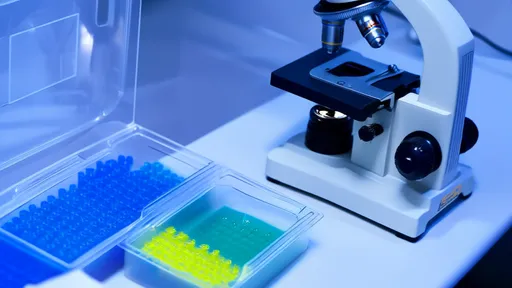
By /Jul 22, 2025

By /Jul 22, 2025

By /Jul 22, 2025
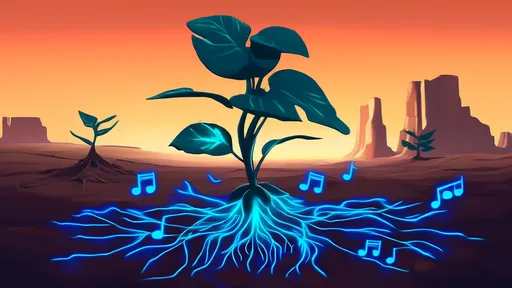
By /Jul 22, 2025

By /Jul 22, 2025
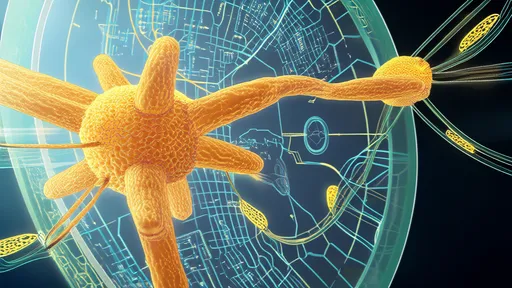
By /Jul 22, 2025
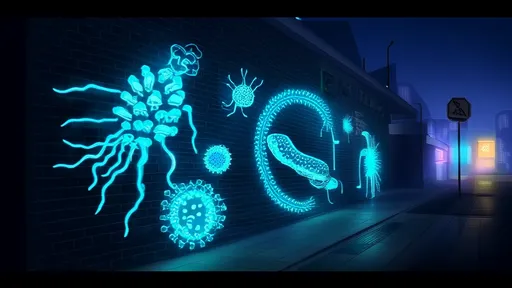
By /Jul 22, 2025
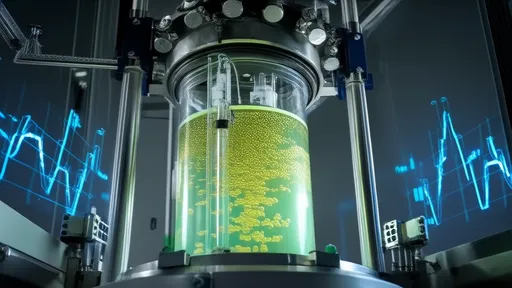
By /Jul 22, 2025
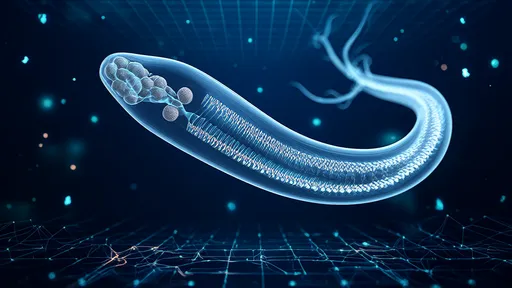
By /Jul 22, 2025
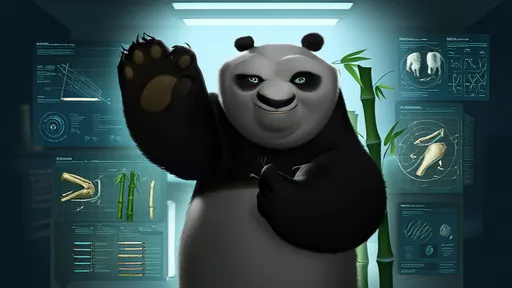
By /Jul 22, 2025
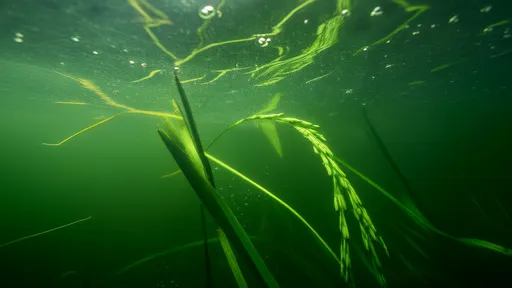
By /Jul 22, 2025

By /Jul 22, 2025

By /Jul 22, 2025
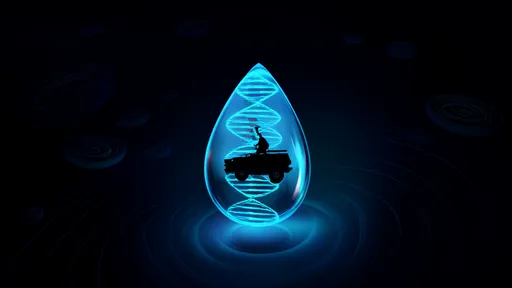
By /Jul 22, 2025
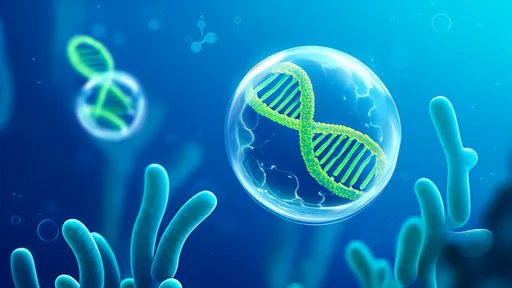
By /Jul 22, 2025

By /Jul 22, 2025
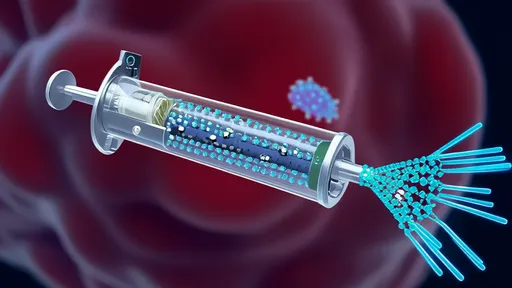
By /Jul 22, 2025
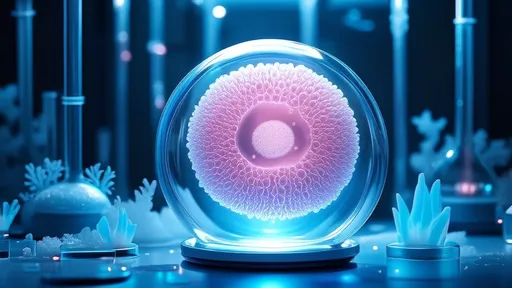
By /Jul 22, 2025